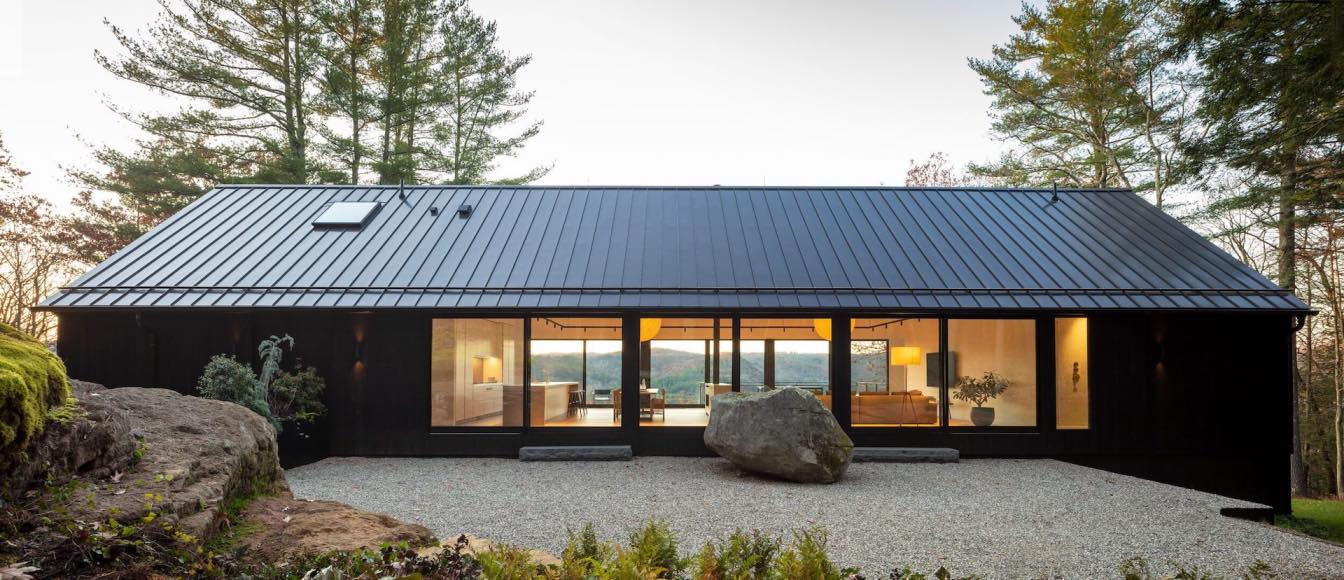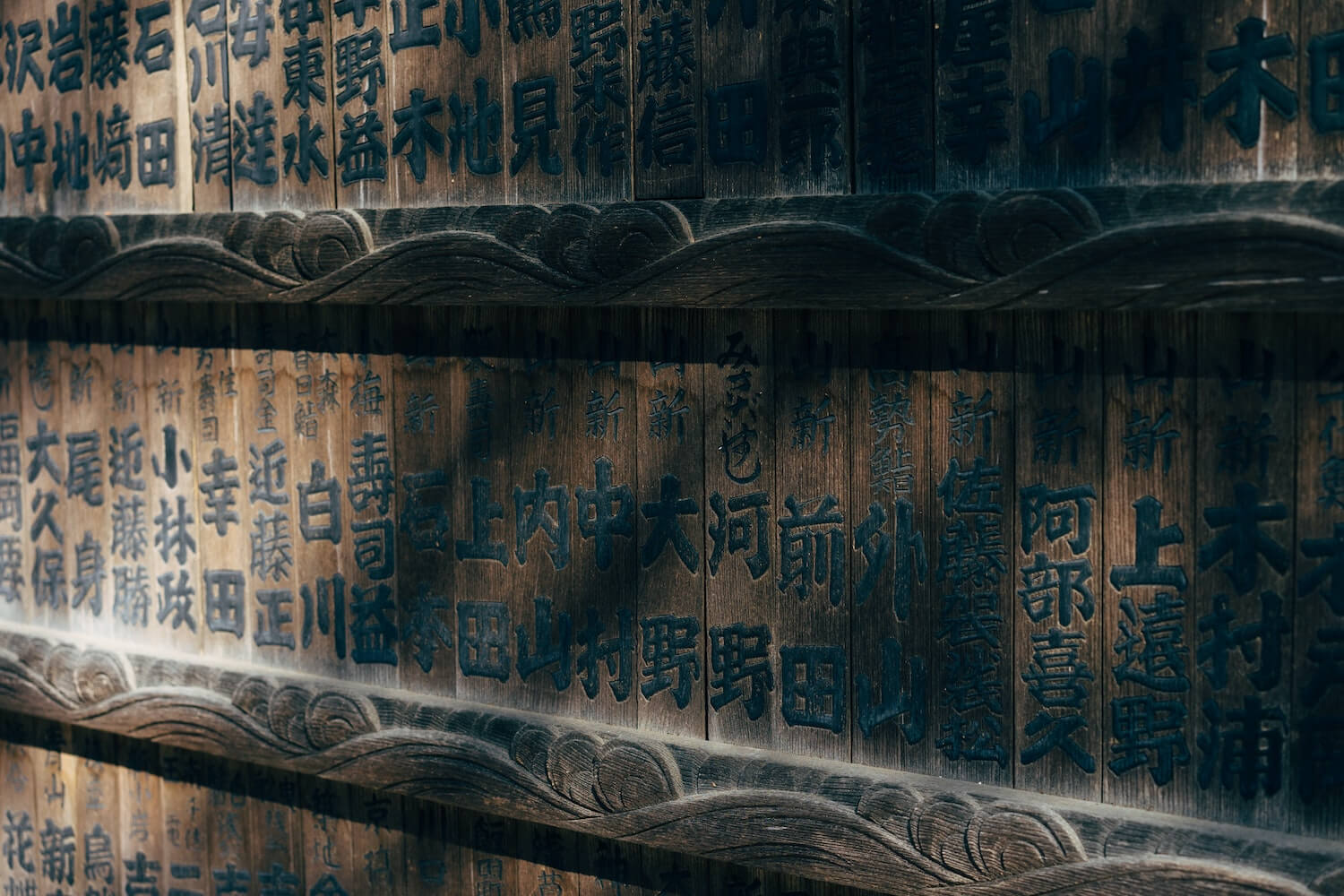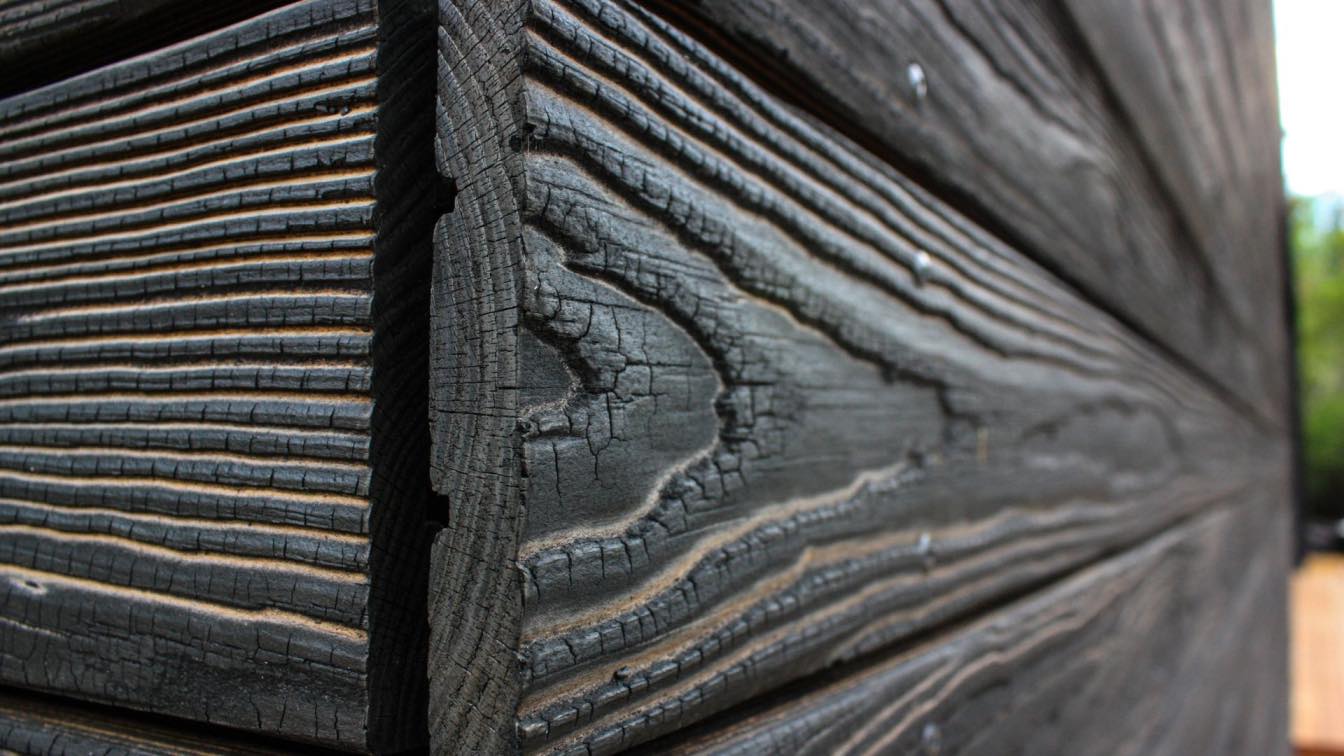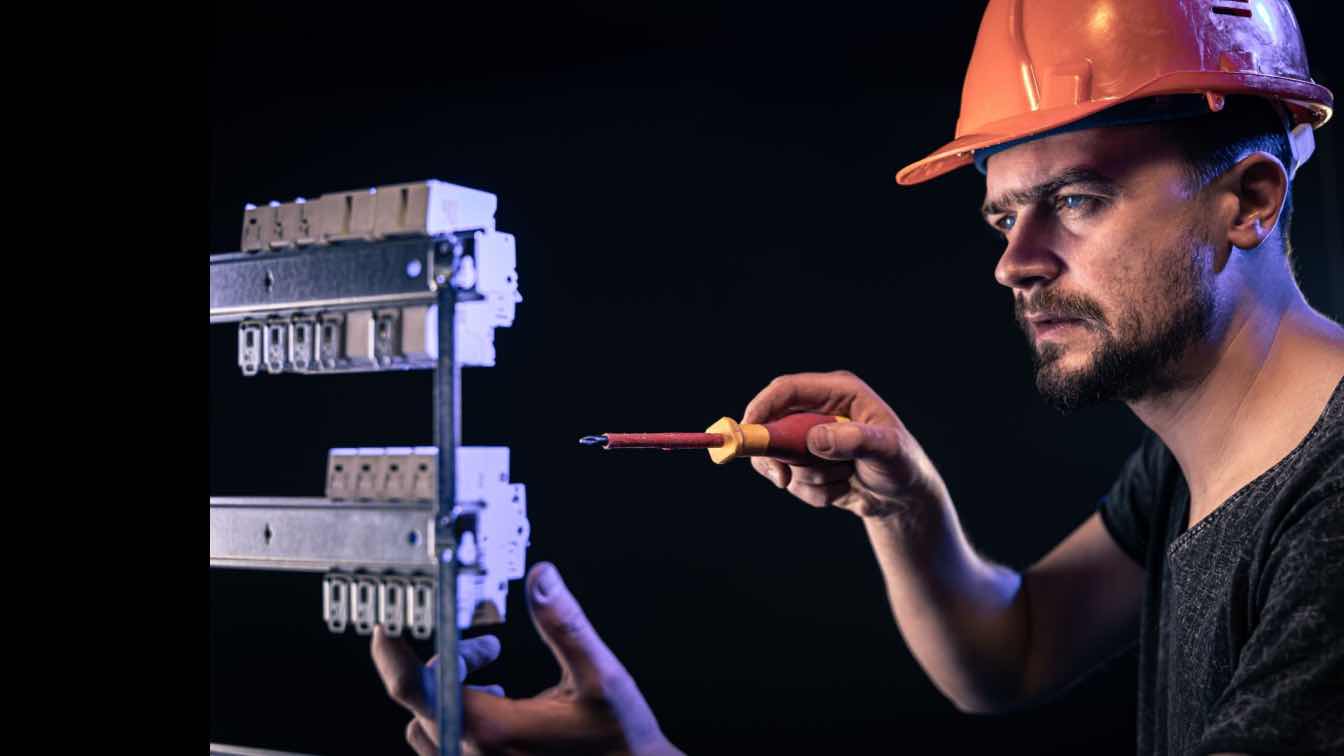Shou Sugi Ban, also known as Yakisugi, is a traditional Japanese method of wood preservation that has been used for centuries. It involves charring the surface of the wood with fire, which creates a unique aesthetic and improves its durability. In recent years, this technique has gained popularity in modern architecture for its striking appearance and sustainability benefits.
History and Origins
Shou Sugi Ban originated in Japan during the 18th century as a way to protect wooden structures from insects, fire, and rot. The technique involves burning the surface of the wood to create a layer of carbon that acts as a natural barrier against moisture, insects, and other elements that can damage the wood. Traditionally, this technique was used to preserve the wooden facades of homes, temples, and other structures, and it was also used for interior finishes such as flooring, wall paneling, and furniture.
The word "Shou Sugi Ban" comes from three Japanese words: "Shou" meaning to burn, "Sugi" meaning cedar, and "Ban" meaning board. Cedar was the most commonly used wood for this technique due to its abundance in Japan, as well as its natural resistance to insects and rot.
 Ledge House by Desai Chia Architecture. Imgage © Paul Warchol
Ledge House by Desai Chia Architecture. Imgage © Paul Warchol
The Process
The process of Shou Sugi Ban involves several steps. First, the wood is carefully selected and prepared for charring. This involves removing any bark or debris from the surface of the wood and planing it to a smooth finish.
Next, the wood is charred using a propane torch, an open flame, or a specialized machine called a yakisugi-ki. The wood is burned until the surface turns black and a layer of char forms. This layer is then scrubbed off with a wire brush, revealing the natural wood grain underneath.
The final step involves sealing the wood with a natural oil or finish, such as tung oil or linseed oil, to protect it from moisture and preserve its appearance.
Benefits of Shou Sugi Ban
There are several benefits to using Shou Sugi Ban in architecture and design.
Durability: The charred surface of the wood acts as a natural barrier against moisture, insects, and fire, which makes it more durable and long-lasting than untreated wood.
Sustainability: Shou Sugi Ban is a sustainable and environmentally friendly option because it uses natural materials and requires minimal maintenance over its lifetime.
Aesthetics: The unique texture and appearance of Shou Sugi Ban add a striking visual element to any design. The charred surface creates a blackened, matte finish with a unique pattern of cracks and fissures that vary depending on the type of wood and the charring method used.
Versatility: Shou Sugi Ban can be used for a variety of applications, including exterior siding, interior finishes, furniture, and even art installations. It is compatible with a range of architectural styles, from traditional to modern.
 image © Markus Winkle
image © Markus Winkle
Drawbacks of Shou Sugi Ban
Despite its many benefits, there are some drawbacks to using Shou Sugi Ban.
Cost: Shou Sugi Ban is a labor-intensive process that requires specialized equipment and skilled artisans, which can make it more expensive than other wood finishes.
Maintenance: While Shou Sugi Ban requires minimal maintenance over its lifetime, it still requires periodic reapplication of oil or finish to protect the wood from moisture and UV rays.
Fire Hazards: While Shou Sugi Ban is naturally fire-resistant, the charring process can create a lot of smoke and potentially ignite nearby materials. Careful precautions should be taken during installation to minimize the risk of fire.
Conclusion
Shou Sugi Ban is a traditional Japanese technique that has been used for centuries to preserve and beautify wooden structures. Its unique appearance and sustainability benefits have made it a popular choice in modern architecture and design. While it may have some drawbacks, such as cost and maintenance requirements, the benefits of Shou Sugi Ban make it a compelling choice for those seeking a durable, sustainable, and visually striking wood finish. As architects and designers continue to seek out eco-friendly and unique materials, Shou Sugi Ban is likely to remain a popular choice for years to come.





